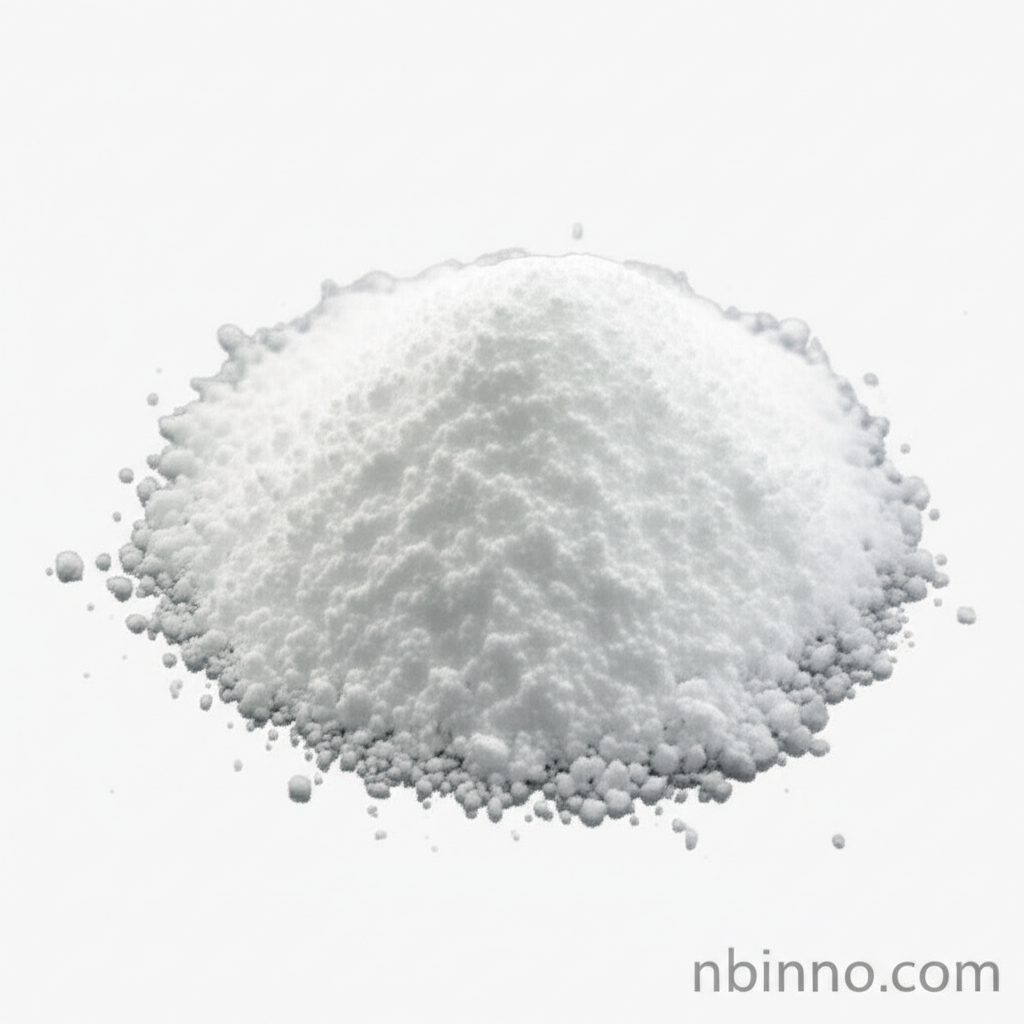Benzenesulfinic Acid Sodium Salt: Properties, Applications, and Industrial Uses
Discover the multifaceted applications of Benzenesulfinic Acid Sodium Salt (CAS 873-55-2) in industry.
Get a Quote & SampleProduct Core Value

Benzenesulfinic Acid Sodium Salt
Benzenesulfinic Acid Sodium Salt (CAS 873-55-2) is a crucial white crystalline powder or crystals valued for its diverse industrial applications. It serves as a key polymerization binding intensifier, enhancing the cross-linking and strength of polymers. Its properties make it an effective plasticizer, particularly for modifying polyamide, epoxy, and phenolic resins, improving their flexibility and processability. Furthermore, it functions as a vital reducing agent in the photosensitive industry and finds significant use as an intermediate in pharmaceutical synthesis.
- Explore the chemical properties of benzenesulfinic acid sodium salt, including its role as a plasticizer for various resins.
- Learn about the applications of benzenesulfinic acid sodium salt in electroplating, acting as a primary brightener for nickel plating.
- Understand its importance as a pharmaceutical intermediate and its use in the synthesis of new drugs.
- Discover how benzenesulfinic acid sodium salt functions as a reducing agent in the photosensitive industry, impacting image quality.
Key Advantages
Enhanced Resin Modification
Benzenesulfinic acid sodium salt is instrumental in plasticizing and modifying resins like polyamide, epoxy, and phenolic resins, improving their flexibility and processability.
Superior Electroplating Performance
As a primary brightener in nickel plating, it significantly refines the grain structure of the nickel layer, leading to a brighter and more durable finish.
Versatile Chemical Intermediate
This compound is a valuable intermediate in the pharmaceutical sector, contributing to the synthesis of complex drug molecules and in the development of analytical reagents.
Key Applications
Plasticization and Resin Modification
Utilized to plasticize and modify polyamide, epoxy, and phenolic resins, enhancing their physical properties and processability, contributing to the development of advanced materials.
Electroplating Industry
Serves as a primary brightener for bright nickel plating, reducing grain size and improving the luster and quality of plated surfaces.
Photosensitive Materials
Acts as a reducing agent in the photosensitive industry, crucial for developing visible images and influencing material sensitivity and contrast.
Pharmaceutical Synthesis
An important intermediate in drug manufacturing, aiding in the creation of specific structural units for various medicinal compounds and acting as a local topical drug additive.
